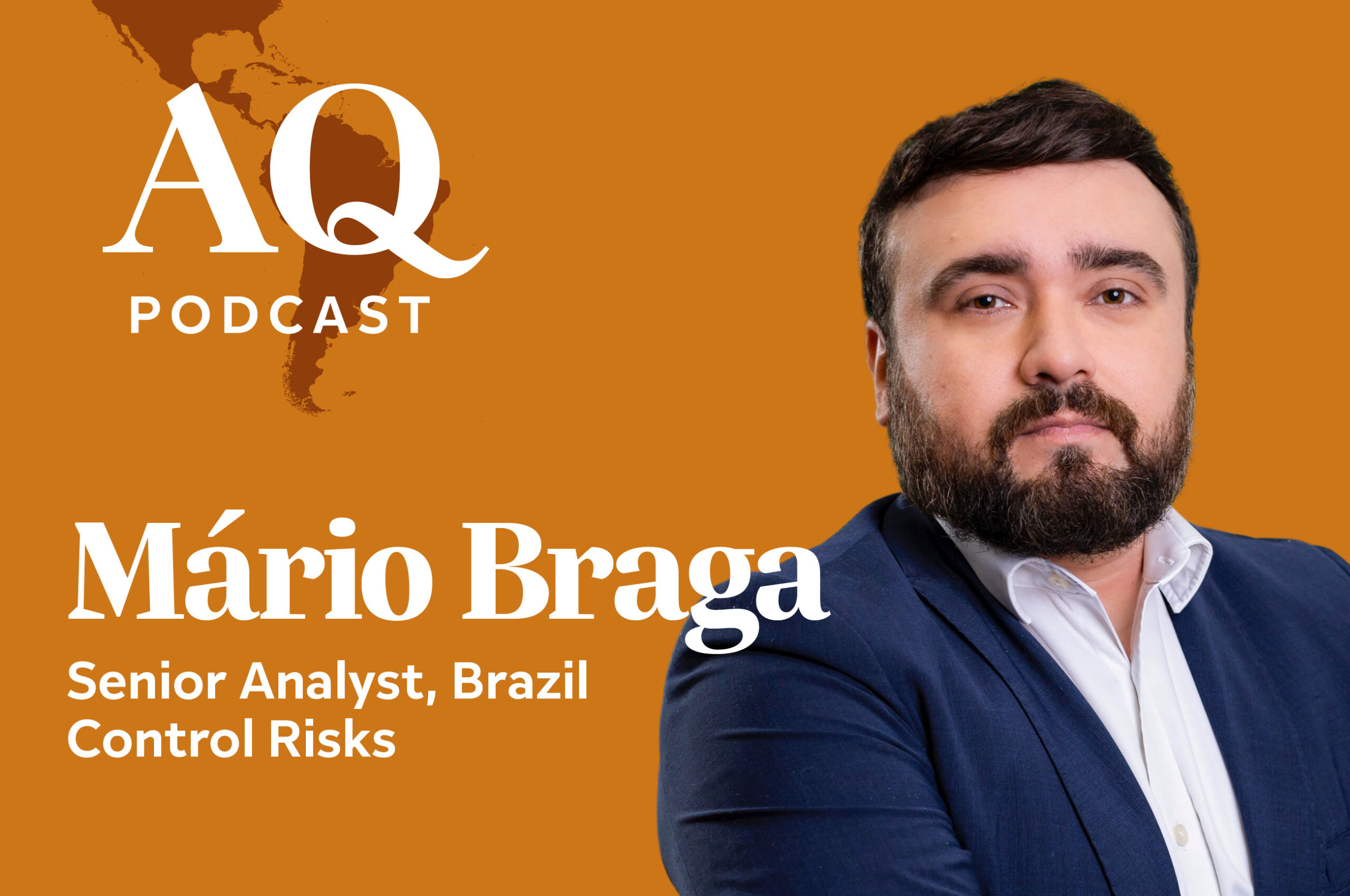Counting the Poor
Counting the Poor
The first step in designing effective programs to reduce poverty in the region is to figure out the real numbers. Unfortunately, that's harder than it looks, writes Sanjay G. Reddy. Read the full article in the Spring 2008 issue of Americas Quarterly.
The most influential approach to income poverty assessment in the regional and global context is the “money metric” approach used by the World Bank. This approach, which employs the “one dollar per day” and the “two dollars per day” international poverty lines, converts these poverty lines into local currencies using “purchasing power parity” conversion factors. It then uses national household surveys to identify in each country the number of persons whose local income is lower than the national poverty lines that have been deemed equivalent to the international poverty lines.
The World Bank’s estimates suggest there have...
To read more, subscribe and receive an instant digital copy of the Spring issue.
Already a subscriber? Login Now.







